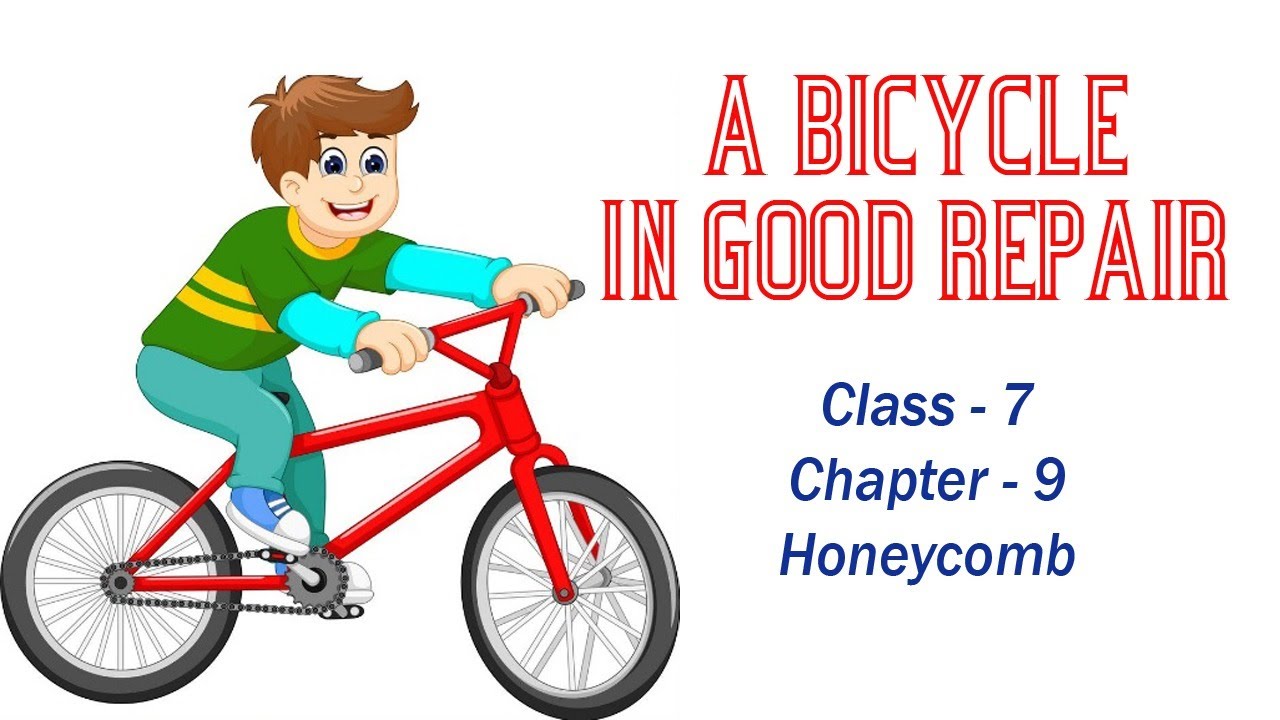
About Lesson
Chapter Title: A Bicycle in Good Repair
Author: Jerome K. Jerome
Summary:
I. Trouble with the Front Wheel:
-
Introduction:
- The narrator is approached by a friend who points out that the front wheel of his bicycle is wobbling.
- The friend, without permission, starts disassembling the bicycle to find the problem.
-
Unwelcome Assistance:
- Despite the narrator’s reservations, he allows his friend to proceed, hoping he might know something about bicycle repair.
- The friend’s actions become increasingly haphazard, leading to the disassembly of the front wheel bearings.
- Together, they search for the tiny ball-bearings that have fallen out, and the friend expresses concern about the possible consequences of losing any.
-
Futile Attempt at Repair:
- The friend, undeterred, decides to fix the chain but only ends up making it too tight and then too loose.
- They struggle to reattach the front wheel, with the friend eventually realizing they forgot to put the bearings back in.
II. Comedy of Errors:
-
Further Mishaps:
- The friend’s attempts to fix the gear-case lead to it being dismantled and screws scattered.
- The narrator hesitates to intervene, reluctant to hurt his friend’s feelings.
-
Continued Struggles:
- Despite numerous attempts, the friend’s efforts result in further chaos, with the bicycle and its parts strewn across the path.
- They manage to find some of the bearings and reassemble the wheel, but now it wobbles even more than before.
-
Humorous Conclusion:
- The friend, battered and exhausted, decides they’ve done enough and declares the bicycle “fixed.”
- Both the bicycle and the friend are worse for wear, with the narrator finally sending his friend home to recover.
Explanation of Comprehension Check:
-
Question 1:
- The front wheel did not actually wobble. The narrator’s response, “It doesn’t if you don’t wobble it,” suggests that the wobble was induced by the friend’s actions.
-
Question 2:
- The remark about the bicycle going “easily enough in the morning and a little stiffly after lunch” is humorous, indicating the difficulty caused by the friend’s failed attempts at repair.
-
Question 3:
- The author’s disapproval is evident in lines such as “I felt much as I should had he started whacking my dog” and “Common sense continued to whisper to me: ‘Stop him, before he does any more mischief.'”
-
Question 4:
- “It” refers to the missing ball-bearings, which the friend believes are crucial for the proper functioning of the machine
Join the conversation
